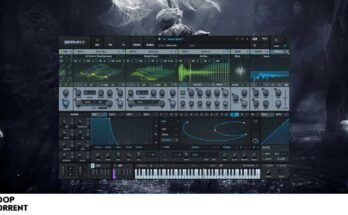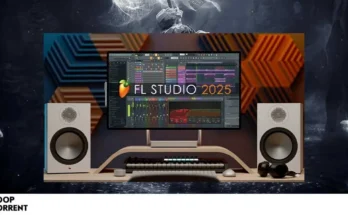- Publisher: Sonus Paradisi
- Format: Hauptwerk
- Quality: 24 bit 48 kHz, 6 ch surround
- Size: 22.53 GB
The instrument is the largest surviving organ by Carl August Buchholz (1796 – 1884), a prolific Berlin organ builder. It consists of four manual consoles with 63 registers. The Black Church (Biserica neagra, Schwarze Kirche) is a Lutheran church in the heart of Transylvania (today Romania). Transylvania has had German colonists since the 12th century, and there has been an uninterrupted German Lutheran tradition since the beginning of Lutheranism in Europe. Brasov is the center of this church organ. The church is famous for its unique collection of historic Turkish carpets, which hang all over the walls and throughout – and they also undoubtedly contribute to the acoustics of the Gothic building. The organ is the largest mechanical instrument in Romania. The importance of the instrument is emphasized by frequent concerts: from spring to autumn, three organ concerts are held each week.
The type of instrument is sometimes called “between times”. It has clear signs of a romantic sound: the dominance of 8-foot stops, the polychoric design of the divisions, fully developed choirs (flutes, strings, principals, reeds) in each division, strong dynamic contrasts between the divisions. However, it still has its roots in the design of the Baroque organ with its “Werkprinzip” and pyramidal structure (main stops, aliquots, mixtures). The core of this organ is the Joachim Wagner organ from the Marienkirche in Berlin, an organ that Buchholz renovated in 1829. The purely mechanical action drives the traditional slide chests, requiring a lot of force to play on the keyboard.
The organ is physically designed on three floors: the base occupies the pedal with the highest pipes on the sides of the organ case. The Oberwerk is located on the floor above at the front, resulting in a direct and real sound. The Unterwerk is at the back, closed and has the characteristics of a real echo compartment. The upper floor is Hauptmanual (front) and Rohrwerk (back, closed), allowing a somewhat distant, almost mystical sound to be heard from above. The colors of the registers are perfectly matched to each other, creating a truly smooth crescendo, where no register (even the loudest) stands out from the dark and heavy tutti.



![kiloHearts – Subscription 2.4.2 VST, VSTi, VST3, VSTi3, AAX x64 [08.2025] R2R kiloHearts – Subscription 2.4.2 VST, VSTi, VST3, VSTi3, AAX x64 [08.2025] R2R](https://looptorrent.org/wp-content/uploads/2025/09/looptorrent34-348x215.webp)